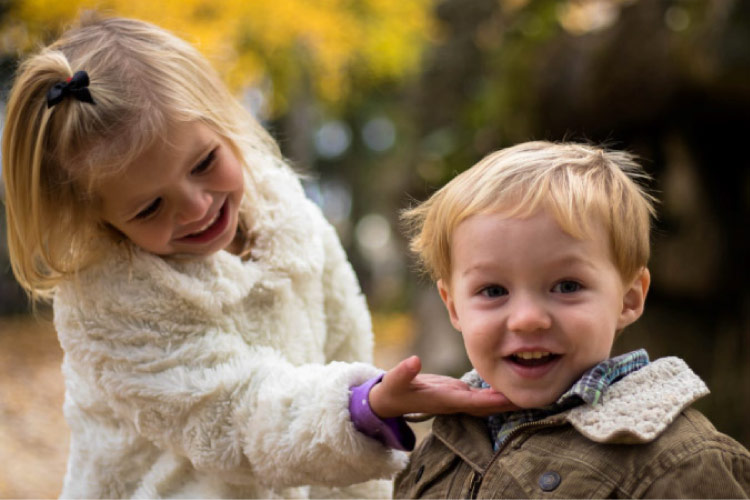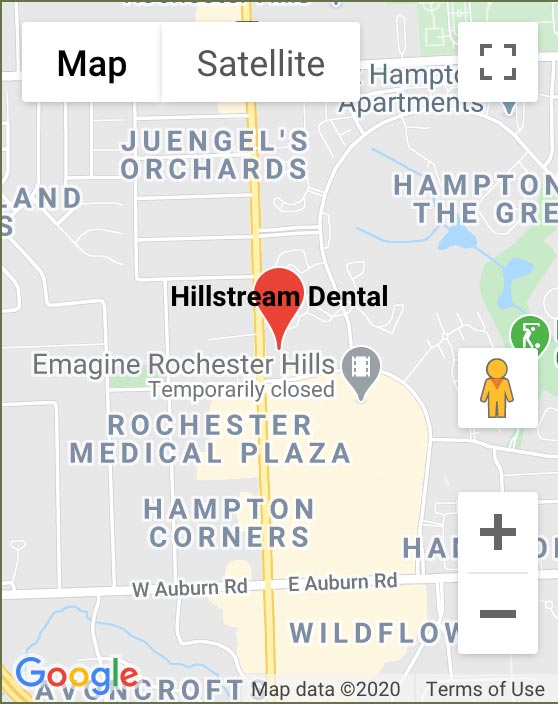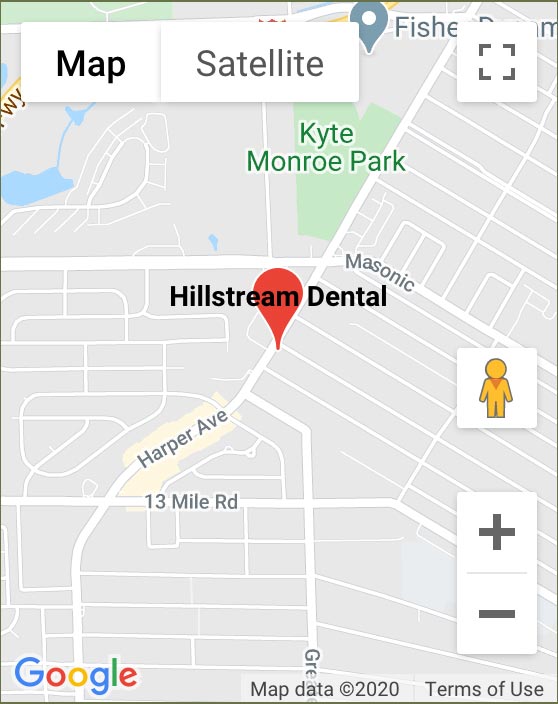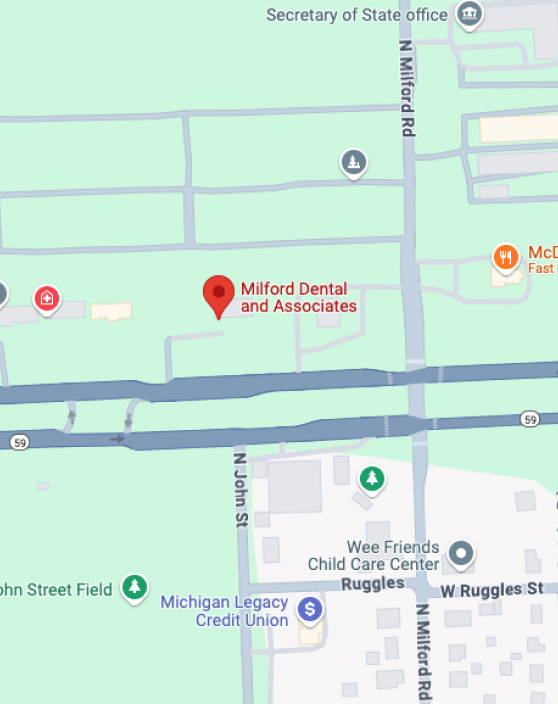If it’s about time for that first visit from the Tooth Fairy, your child is likely eager for their wiggly baby tooth to loosen up and fall out. Read on to learn how to manage your child’s loose baby teeth.

When to Expect Loose Teeth
Although there is no way to know when the teeth will start to wiggle, there is a normal. Kids will start to lose baby teeth naturally around the age of six or seven. The first teeth to go are generally the central incisors. From there, the front teeth continue to fall out first, eventually followed by the rest of the mouth, moving backward. Generally by the age of 13 all of the baby teeth will be gone, making way for a mouth full of permanent teeth.
Just Let It Happen
When your little one is getting close to losing that first tooth, they’re probably very excited and eager to yank it out. Barring any significant pain or discomfort, the best thing to do is to let the tooth remain and fall out naturally, which will happen before your child knows it. If the tooth falls out on its own, it’ll cause less pain and bleeding than it would if it was pulled.
Loosen It Up
If your child is anxious for the tooth to come out, there are things you can suggest that’ll speed up the process. With clean hands, your child should feel free to wiggle away at the tooth, gradually loosening up the root. Crunchy foods, like apples and carrots, can also help. And when your child brushes their teeth, which they should be doing at least twice a day, that’ll nudge the tooth even closer to falling out.
Comprehensive Family Dental Care At Hillstream Dental
As the baby teeth fall out and the permanent teeth come in, great dental care remains incredibly important to your child’s health and happiness. Make sure the whole family is seeing us regularly for cleanings here at Hillstream Dental!
Contact Us
 Rochester Hills Location:
2565 S. Rochester Rd.
Rochester Hills Location:
2565 S. Rochester Rd.
 St. Clair Shores Location:
31850 Harper Ave
St. Clair Shores Location:
31850 Harper Ave
 Milford Location:
192 Highland Rd
Milford Location:
192 Highland Rd